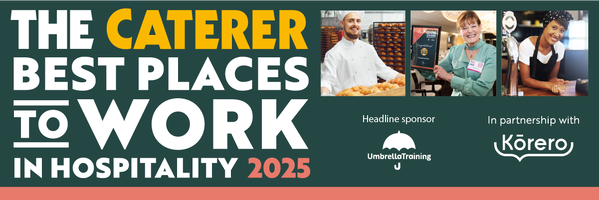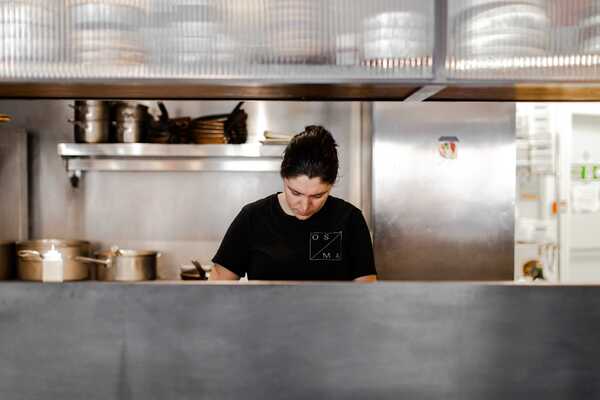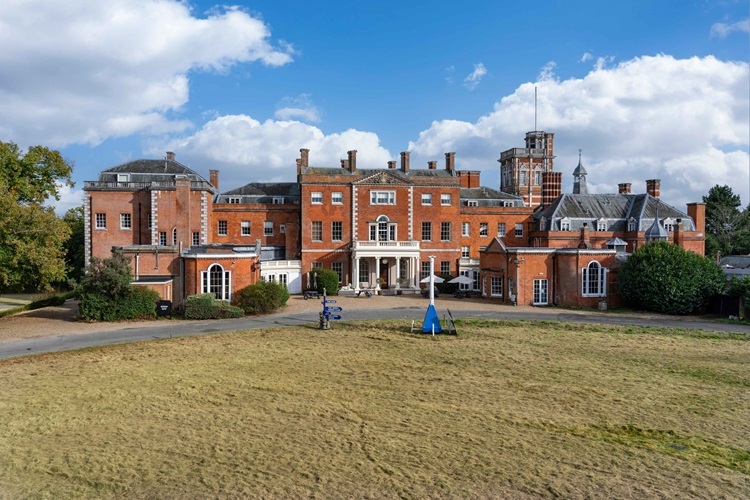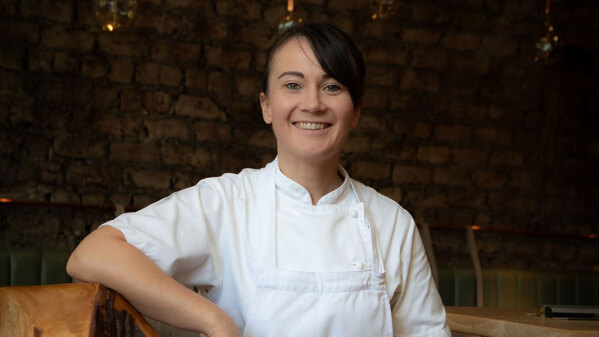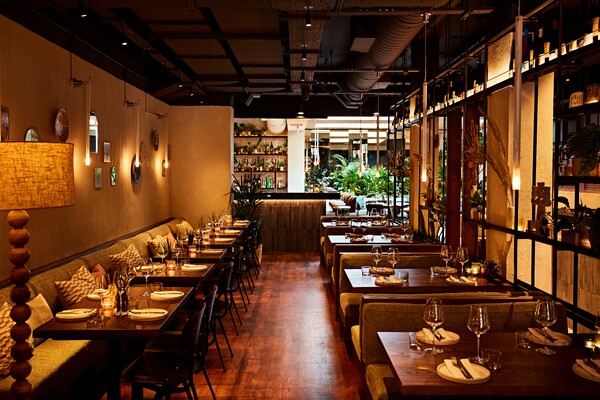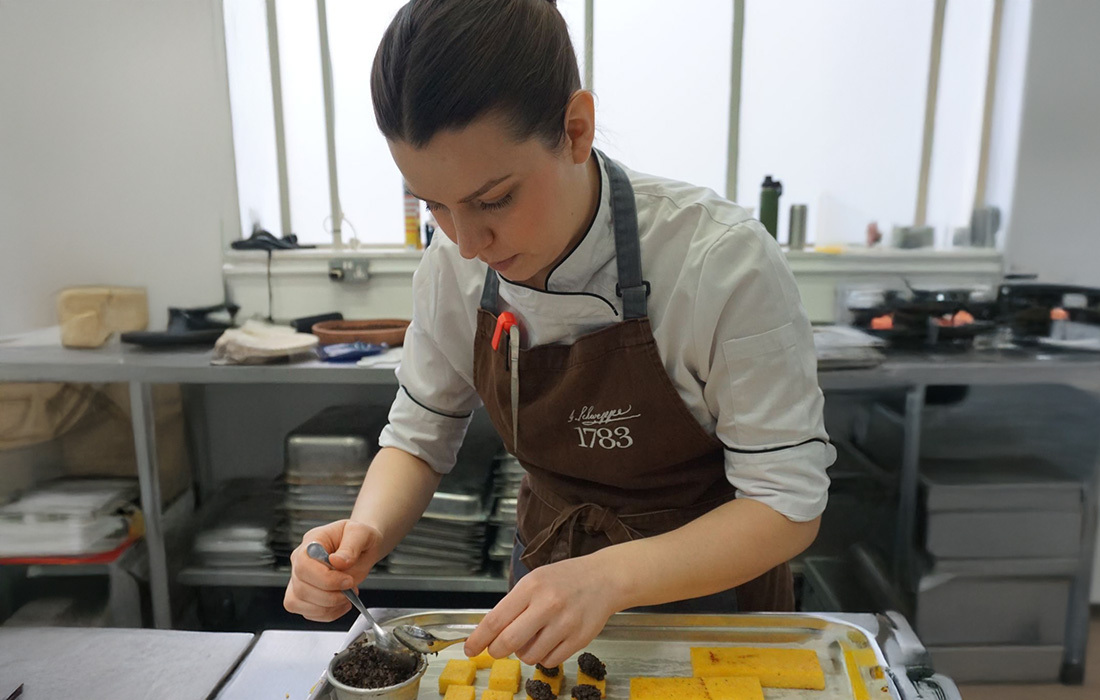Mutton makes a come back
Out of fashion for years, mutton is making a comeback. Thanks in part to a campaign launched by the Prince of Wales, fashionable restaurants all over the country are keen to put it on their menus. Fiona Griffiths reports
Let's face it: mutton has long had an image problem. Many remember it from the Second World War as poor-quality, fatty and tough, while others think of mutton simply as "old sheep" and an inferior meat to lamb. But in this age of the Slow Food movement, going back to our roots, sourcing locally and eating seasonally, mutton is gradually gaining a new legion of fans.
In fact, mutton is even becoming regarded as a premium meat - and it's all thanks to the Mutton Renaissance Campaign. Instigated by the Prince of Wales in 2004, the campaign - co-ordinated by the Academy of Culinary Arts (of which Prince Charles is patron) and the National Sheep Association - has steadily been gaining pace.
To date some 115 producers/retailers have come on board to rear and sell high-quality mutton, while at least 80 restaurants around the country are serving it on their menus.
Almost a year ago - on 2 February 2006, at London's Ritz hotel- the Mutton Renaissance Club was formed with the aim of uniting every part of the supply chain, from farmers to abattoir operators and chefs, to share information, ideas and expertise. In 2006 the club organised two events - a visit to a specialist abattoir and wholesale butcher, and a trip to Borough Market to meet farmers and butchers, followed by a mutton tasting lunch. There are more activities planned for 2007.
"The campaign's message has spread much wider now, beyond just academy members," says John Williams, executive chef at the Ritz and chairman of the Academy of Culinary Arts. "There has been lots of coverage on the TV with celebrity chefs, and now you see mutton in many more restaurants and pubs.
"In fact, pubs are the kind of places we really should be serving mutton," Williams adds. "There's nothing I hate more than a British pub where you can get a chicken korma or a Mexican salsa dip with tortilla chips. We really should go back to our roots and have traditional alehouses that serve British heritage food - and mutton is the perfect example."
A big purpose of the campaign has been to drive up production standards for mutton to give chefs and the public confidence in the meat's quality. So all mutton sold under the Renaissance banner comes from sheep that are at least two years old and have been reared on a forage-based diet such as grass and heather. Renaissance mutton must also be hung for a minimum of two weeks, which is paramount to producing tender meat.
Ensors abattoir in Gloucestershire, which takes sheep from Prince Charles's own Highgrove Farm, has built a dedicated "maturation chiller" for hanging its Renaissance mutton. "Because it's an older sheep it's important to have a long maturation period to tenderise the meat, so we mature carcasses for 14 to 21 days," says Ensors operations director Steve Leyman.
Since Ensors linked up with the Mutton Renaissance Campaign, the abattoir has been selling 12 to 15 mutton carcasses a week direct to restaurants, including Calcot Manor and the Priory Inn at Tetbury, and Quartier Vert in Bristol.
"We've culled mutton in the past but it has been more of a by-product from the sheep farmer," Leyman adds, "So actually pushing it into restaurants is relatively new for us. It's a traditional dish from years ago and it's good to see more chefs experimenting with it and raising its profile."
Increased demand
Ensors also supplies mutton to Compass Group, which has witnessed a steady increase in demand over the past year. Nicki Crayfourd, business support director for Compass Group Purchasing, explains: "Most purchases are in the business and industry sector, which accounts for 60% of volume, followed by healthcare and education at 30%. It's mainly diced mutton for dishes such as casseroles and curries. It's a cost-effective menu option for us. Some units are offering it as an addition to their menu, while at others it's replacing chicken or other meats."
As a general rule, Renaissance mutton is cheaper to buy than lamb of a similar quality.
At the Ginger Pig stall at Borough Market, a rack of mutton (black face, from North Yorkshire) costs £12.50, while a rack of lamb is priced at £16.50. For a leg of mutton you'll pay £8.99, and for a leg of lamb £10. It's a similar story at the Farmer Sharp stall, where Lakeland Herdwick mutton chops retail at £10.80 per kg, compared with lamb chops at £14.33, while a mutton shoulder is priced at £4.60 per kg, compared with lamb at £6.60.
Mark Hix, chef-director for Caprice Holdings and a campaign supporter, put his mutton and turnip pie on the menu (for £16) at the Rivington Grill and the Ivy three years ago and it has remained an autumn/winter favourite with diners ever since. "Thanks to the campaign, most people understand what mutton is now and they're willing to try it," he says. "We need more chefs to put it on their menus, though, because that's key to the general public starting to buy mutton again. If you're doing a braised lamb dish you're actually much better off using mutton purely for the flavour, which is far superior."
While Hix believes in cooking mutton long and slow in a liquor-based dish, a growing number of chefs are getting good results from grilling and roasting mutton. Jeremy Lee, head chef at London's Blue Print CafŽ, has successfully experimented with slow-roasting mutton, simply seasoned with salt and pepper. "The flavour is fantastic," he says. "It's lovely to see mutton coming back and taking precedence over tiny legs of spring lamb, although it's not lamb it threatens but venison. The British taste for lamb is insatiable and quite safe, but venison and mutton are very similar because they're both very strongly flavoured."
Tender meat
Matthew O'Keeffe, chef-proprietor of the Royal Standard of England in Beaconsfield, Buckinghamshire - believed to be the oldest freehouse in England - grills mutton chops and serves them with mashed potatoes and leeks. "You can serve one chop per person and the meat is so tender, it's like cutting p‰tŽ. I think that's down to the breed of sheep our mutton comes from because some are better for stewing and others are good for grilling and roasting," he says.
Matthew also serves boiled mutton with caper sauce - the kind of old English dish the pub has become renowned for. "This pub has been trading for nearly 900 years, so we feel mutton is a dish we ought to be doing because it was the people's food all that time ago," he says. "I put it on the menu two years ago and people love it. Some have never had mutton before and most of the older customers say it's like their mothers' cooking or they haven't had it for years. I'm giving customers something they can't get in the supermarket or at the big pub chains, and I'm also helping the farm by taking all the lesser cuts so there's no waste."
The farm in question is Elwy Valley Welsh Lamb near Denbigh, North Wales, where Daphne Tilley and family sell their best cuts of mutton direct to 60 London restaurants, including Fifteen, Arbutus, Racine, the Ritz, the Wolseley and Lindsay House. It's a huge turnaround from three years ago, when all of the family's mutton went to the local livestock market to be sold mainly into the ethnic restaurant trade or for pet food.
"The ethnic trade uses a tremendous amount of mutton but they use much leaner carcasses and hang it for ages themselves and cook it for ages," Tilley explains. "Now we've joined up with the Renaissance Campaign, we're producing traditional British mutton which is well-covered carcasses with a nice bit of lean meat on them, which we hang for 21 days. The campaign has made people much more aware of mutton but we've got to make another push at it. I think British pubs can really make a difference because pubs can buy from local butchers who have hanging rooms."
Tough choice?
David Court from Farms Direct, a cooperative of three farms near Newbury in Berkshire, supplies Renaissance mutton to the Shoulder of Mutton restaurant near Reading, as well as to farmers' markets. "Lots of people think of mutton as being tough and fatty because that's what they've been told. It's true that the meat can be tough for lots of reasons - it's not been cooked properly, hung properly, the animal has been stressed before slaughter, perhaps the breed is wrong - but if it's produced well it will be tender, with a much stronger taste than lamb, and there's a lot you can do with it," he says. "As a farmer, I think promoting mutton through your local restaurant is a great way of encouraging people to buy it. But to get the final product on the plate really does require good liaison between chef, butcher and producer."
The history of mutton
Right up until the 1940s, sheep in Britain were reared for their fleeces and fattened for slaughter at the age of five or more. The resulting mutton was prized for its texture and flavour and was the nation's meat of choice for centuries.
During the Second World War, however, many sheep farmers were away fighting and much of the expertise to produce the best mutton was lost from the countryside. With the constrained supply of fresh food, some of the worst examples of mutton were served up to entrenched communities during the blackouts - damaging mutton's reputation further.
Imports of mutton and lamb from New Zealand increased after the war to maintain year-round supplies.
With the need to feed the population quickly and efficiently, lamb that could be, raised, finished and slaughtered in four to six months seemed far more logical and economically attractive when compared with mutton roaming the hillsides for two or more years.
The final nail in the coffin for British mutton was the decline of the wool trade. With the advent of modern textiles, farmers no longer saw value in keeping their sheep on the land for their fleeces.
Recipes
Mutton Broth, by John Williams, executive chef, the Ritz, London >>
Mutton and Turnip Pie, By Mark Hix, chef-director, the Ivy >>



